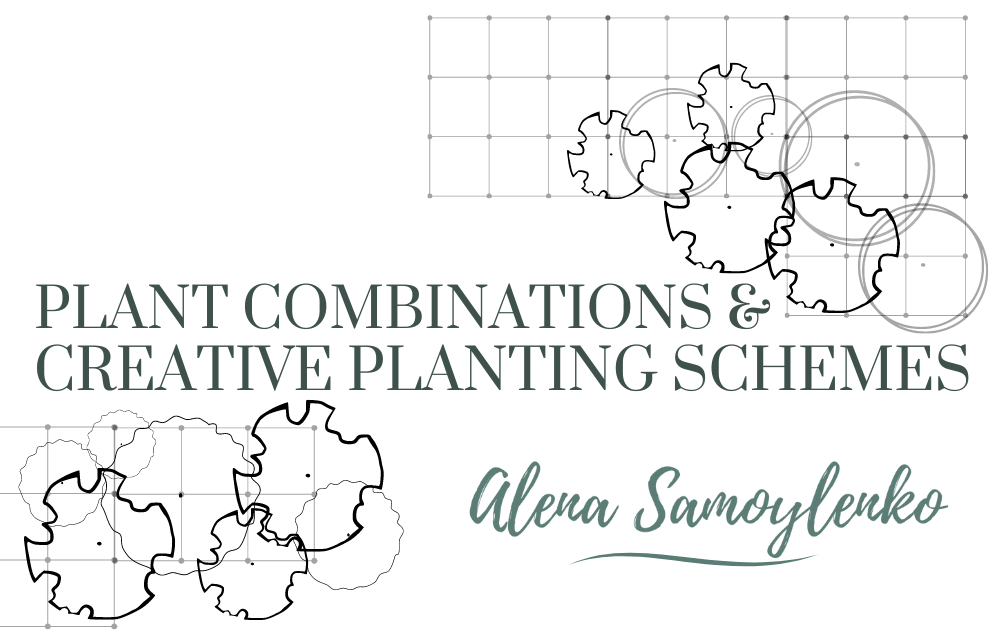Hydrangea paniculata: a garden favorite cherished for its reliability, ease of care, and timeless beauty. From the latter half of summer through autumn, its structural elegance captivates, and even in winter, its dried inflorescences continue to grace the garden with charm. Thriving in both sunny spots with regular watering and partial shade, panicle hydrangeas offer versatility that gardeners adore.

For those seeking to complement the allure of panicle hydrangeas further, consider the art of companion planting. Selecting the right plants to grow alongside hydrangeas can enhance their beauty and create stunning visual harmonies. Let’s explore some delightful combinations:
Hydrangea paniculata ‘Fraise Melba’ paired with Persicaria amplexicaulis Rosea, Anemone ‘September Charm’, and Lilium ‘Chameleon’ (Martagon Lily) creates a stunning group that offers beauty throughout the summer.

‘Fraise Melba’ is the star of the show, with its breathtaking conical blooms transitioning from ivory to deep strawberry pink. Its dominance is beautifully complemented by the more subtle inflorescences of Persicaria amplexicaulis and Anemone. We strategically position Persicaria amplexicaulis in the foreground, knowing its elegant foliage will enhance the scene even before it blooms in the second half of summer.
As the Hydrangea and Persicaria begin to bloom in the second half of summer, the addition of Anemone ‘September Charm’ extends the beauty of the group into late summer. For a touch of early summer charm, consider adding the delicate Martagon Lily. Its smaller blooms offer a refined elegance compared to larger varieties. Plant the lilies in the fall, nestled between the main plants of the group
Whether in full sun with regular watering or partial shade, all plants in this ensemble thrive, ensuring a vibrant and captivating display for your garden.
Hydrangea paniculata ‘Wim’s Red’ paired with Pennisetum ‘Black Beauty‘ and Aster laeve ‘Glow in the Dark’, along with Allium ‘Globemaster’, creates a captivating ensemble with a focus on autumn beauty.

‘Wim’s Red’ boasts sturdy stems carrying 30cm-long honey-scented flower clusters. These blooms start white, gradually turn pink, and then deepen into a rich wine red, offering a striking display well into fall.
For the foreground, I recommend the elegant Pennisetum, with ‘Black Beauty’ being a personal favorite for its dramatic, eye-catching blooms.
In the middle, a tall variety of aster adds depth and color contrast. ‘Glow in the Dark’ stands out with slender black stems, dark leaves, and beautiful lilac-pink flowers that seem to glow, especially in the evening.
This group reaches its peak beauty at the end of summer when all plants are in bloom. To complement this display, Alliums ‘Globemaster,’ can be added for early summer interest. It’s advisable to surround this group with plants that bloom in the first half of summer to maintain interest throughout the gardening season.
For optimal performance, these plants thrive in open sunny areas with regular watering, especially during hot days. With their combined decorative qualities, they promise to create a stunning focal point in any garden.
Hydrangea paniculata ‘Polar Bear’ paired with Astilbe chinensis ‘Milk and Honey,’ Sanguisorba hakusanensis ‘Lilac Squirrel’, and Geranium ‘Patricia’ creates a delicate and marshmallow-like combination that exudes charm and elegance.

‘Polar Bear’ is indeed a standout variety with its large panicles of lime green cone-shaped flowers, transitioning to white in late summer and delicate pink shades in autumn. To accentuate this beautiful variety, we can add a companion plant – Astilbe. While any variety of Astilbes would complement ‘Polar Bear’, for this example, I recommend ‘Milk and Honey.’ Its large inflorescences and delicate shades add a soft touch to the ensemble.
For a pop of brightness, Sanguisorba hakusanensis ‘Lilac Squirrel’ introduces lilac-hued blooms atop slender stems, bringing whimsy and movement to the arrangement. Inspired by a captivating combination at RHS Garden Wisley, where Astilbe and Sanguisorba harmonized perfectly, this pairing offers structured elegance alongside playful chaos.

The main decorative impact of this group is expected from mid-July onwards. To enhance the display, consider introducing Geranium ‘Patricia’. With its deep magenta blooms, it adds vibrant color and visual interest from June onwards. For an extra flourish, Allium Sphaerocephalon or martagon lilies can be added, complementing the bright flowers of geraniums beautifully.
Thriving in both full sun with regular watering and partial shade, this ensemble promises to bring charm and elegance to any garden setting.
If you’ve found these companion plant suggestions helpful, check out my workbook, ‘Workbook Companion Plants for Hydrangeas: 42 Planting Schemes with Hydrangeas for Every Style’ Available for download here

You also can check my previous posts, where I share few planting schemes from the workbook:
Enhancing Your Garden with Smooth Hydrangeas: Care Tips and Planting Ideas for Hydrangea arborescens
WHAT TO PLANT WITH OAKLEAF HYDRANGEA? 3 READY-TO-USE PLANT COMBINATIONS FOR HYDRANGEA QUERCIFOLIA
What to Plant Next to Bigleaf Hydrangea – Best Companion Plants for Hydrangea macrophylla
In these posts, you’ll discover carefully curated combinations that harmonize with specific hydrangea varieties, enhancing their aesthetic appeal and creating captivating garden landscapes.





Leave a Reply